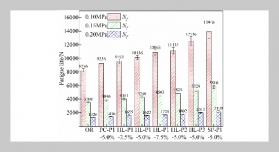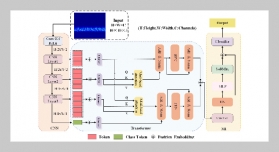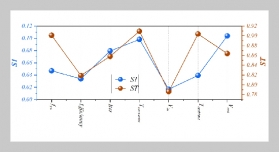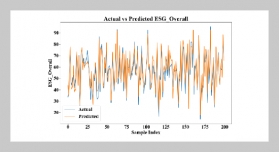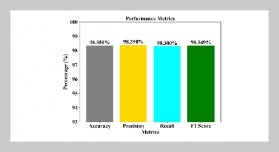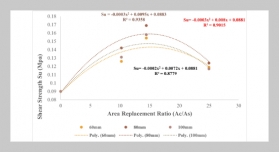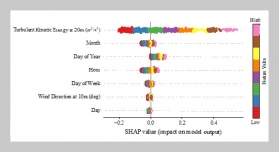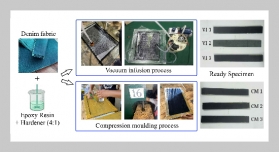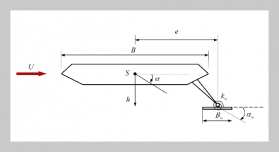F. Y. Hsiao This email address is being protected from spambots. You need JavaScript enabled to view it.1, T. M. Yang1 and W. C. Lu2 1Department of Aerospace Engineering, Tamkang University, Tamsui, Taiwan 251, R.O.C.
2Department of Aeronautical Engineering, National Formosa University, Yunlin, Taiwan 632, R.O.C.
Received:
April 11, 2012
Accepted:
May 18, 2012
Publication Date:
September 1, 2012
Download Citation:
||https://doi.org/10.6180/jase.2012.15.3.03
The dynamics of a flapping-wing micro aerial vehicle (MAV) is studied in this paper. The MEMS Laboratory in Tamkang University has been developing flapping-wing MAVs for several years. Based on the developed flapping-wing MAV, the dynamics is studied and compared with flight test data. For a flapping wing, the average aerodynamic forces over one flapping period are usually formulated as a function of advance ratio. In this paper the averaging theory is applied to show the validity of this method. Consequently, the dynamics of a flapping-wing MAV longer than a flapping period can be analyzed using the same methodology as what we have done to a fixed-wing aircraft. Physical parameters are also obtained using experiment data, or through computer aid design programs. With the developed model and found parameters, numerical simulations of potential motions are proposed. Although several papers have discussed similar topics, comparing the numerical simulation with flight test data demonstrate the validity of our assumptions and derivations. The developed model can be further utilized in flight control and autonomous flight in the future.ABSTRACT
Keywords:
Flapping-Wing MAV, Flight Dynamics, Advance Ratio, Aerodynamics
REFERENCES


![The Golden Snitch, a flapping-wing MAV developed by the TKU MEMS Laboratory [16]. Dynamicsof Flapping-Wing MAVs: Application to the Tamkang Golden Snitch](/images/article_images/15/15_3_03.jpg)
